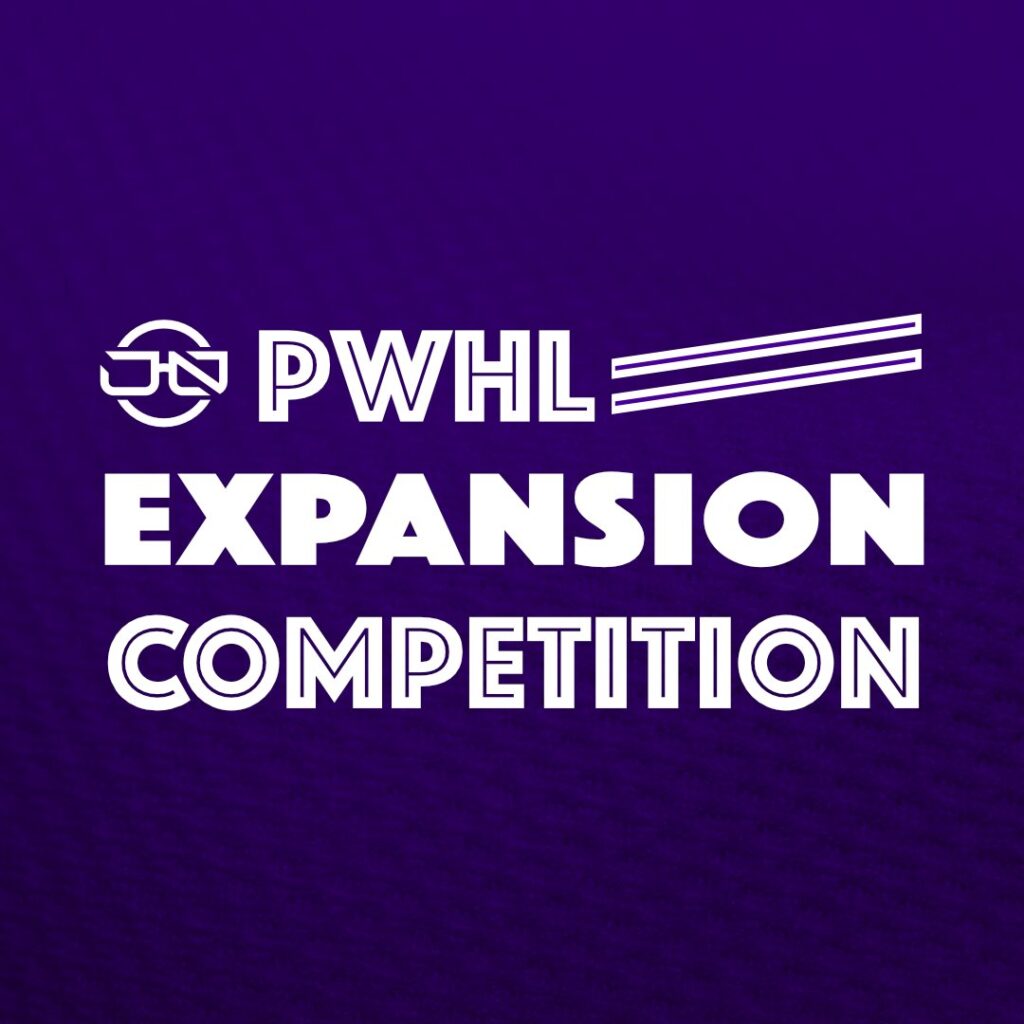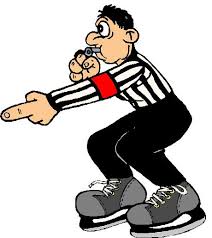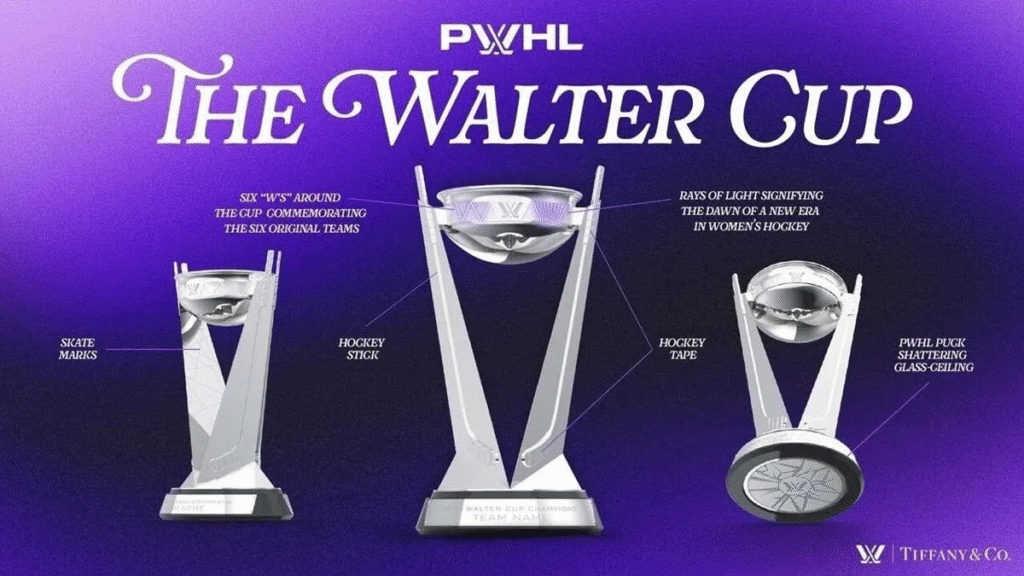The Professional Women’s Hockey League (PWHL) is entering a new phase. After two successful seasons, the league is now expanding its footprint — and that comes with both opportunity and risk.
From its launch, the PWHL has demonstrated its legitimacy. Sold out arenas, lucrative media deals, and parity emerged as a selling point. But legitimacy alone isn’t enough; sustainability matters. To build a lasting league, the PWHL must now grow carefully.
Expansion Reality: Seattle and Vancouver Are Here
Earlier projections about future expansion have now become a reality. In April 2025, the league officially announced that Vancouver would join as its first expansion market, followed days later by Seattle. Both teams will debut in the 2025–26 season, bringing the league’s total to eight teams.
With these two teams now confirmed, the discussion shifts from “who might join next?” to “how will the league ensure steady, sustainable growth?”
The Challenges Ahead:
Talent and Depth
One of the central hurdles is maintaining quality while filling more roster spots. With eight teams now, the league needs a deeper pool of elite players. The expansion draft and early signings help, but the PWHL will need strong development pipelines—from colleges, overseas leagues, and national programs.
Financial Strategy
Expansion is expensive. New franchises must support themselves in local markets: securing arenas, establishing operations, marketing, and building fan bases. Reports suggest the league and its backers view losses in the near term as part of investing for later profitability. The challenge is balancing that investment with the patience to wait for returns.
Brand, Identity, and Logistics
Each new team must find its identity—colours, branding, and community presence—while also fitting into the league’s broader structure. Scheduling, travel logistics, and geographic balance are all more complex with the west coast now in the mix. Seattle and Vancouver give the PWHL its first real cross-border, regional rivalry, which could be a strategic asset.
What Comes Next
With the first expansion wave underway, the PWHL’s leadership must decide how fast to push further. Commentary suggests adding two more teams in the next few seasons is plausible, possibly reaching 10 or 12 by the end of the current collective bargaining period.
The league may look to cities with strong women’s sports support, existing hockey infrastructure, or geographic balance—as expansion beyond just North America is still a possibility. But each new market will be judged on its ability to support a professional team long-term.
Olympic Timing and Growth Windows
The 2026 Winter Olympics offer a unique opportunity. With many PWHL players participating on national teams, the league plans to pause its season during the Games—using that break for exposure, and a momentum buildup for expansion. The hope is that Olympics-generated interest will be a stepping stone to attract sponsors, fans, and increased media attention back home.
A Balancing Act in Motion
The PWHL now faces a delicate balancing act: grow fast enough to seize momentum, but slow enough to avoid overextending. The addition of Vancouver and Seattle is now a reality—their performance will be critical signals for what comes next.
Expansion must be thoughtful. Each market needs genuine community support, operational strength, and a clear identity. If the league can manage that balance, these next several years could lay the foundation for a truly lasting and expansive women’s professional hockey league.
Final Word
Challenges are many: keeping the quality high, funding new teams, building brands, and managing logistics. But if the PWHL can navigate these growing pains successfully, it has a chance to become the enduring professional home for women’s hockey—not just now, but for generations ahead.






